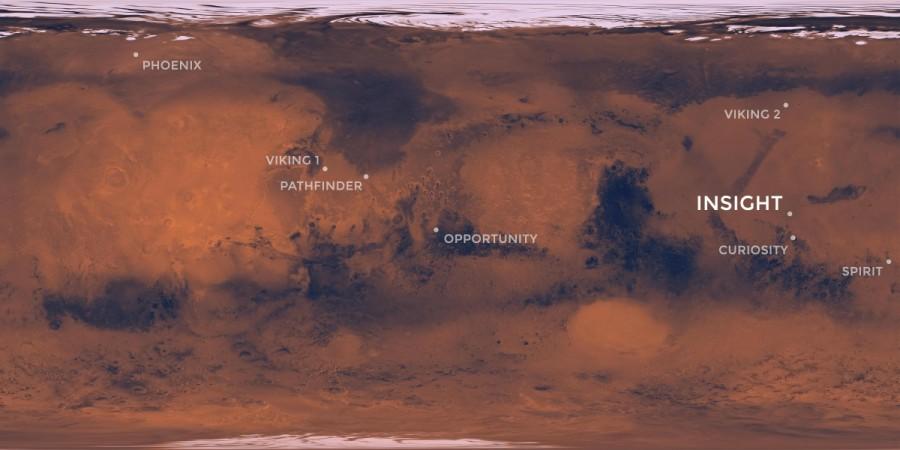
The twin Viking landers of NASA touched the soil of Mars in 1976, aiming to get answer to one of the greatest questions of all time – Does the Red Planet host life? The principal investigator of the Vikings' Labeled Release (LR) life-detection experiment was Gilbert Levin. Although the instrument received positive responses at both of its landing places; the scientists couldn't reach a conclusion as to whether or not those results were proof of life on Mars.
However, Levin himself concluded in 1997 that the experiment did manage to spot life on the Red Planet. Since then he has been a vocal advocate of this viewpoint.
Now, over 40 years after the Viking landers experiment, Levin believes that the American space agency NASA did not properly follow up on the Viking results. "I am certain that NASA knows there is life on Mars," stated Levin on David Livingston's popular online program "The Space Show."
Not only he expressed disappointment but he also asked for a re-examination of Viking LR data by an objective panel.
He went on to add that over the last 40 years, a number of landers, rovers and orbiters have received evidence that life does exist on Mars today. There is "substantial and circumstantial evidence for extant microbial life on Mars," he stated on the show.
For example, he noted, the Curiosity rover of NASA did find cyclical and seasonal spikes in Mars methane and as we know, over 90% of the Earth's methane in the atmosphere is produced by microbes and other organisms. "This is really hard to ignore as evidence for life."
Curiosity mission team, on the other hand, has stated that methane can also be produced by water-rock chemistry, so that's not really a convincing proof of life on Mars.
Then came the news in July 2018 that European Space Agency's Mars Express mission has apparently found an underground lake under about a mile of ice near the south pole of the Red Planet. Other than that, other several spacecraft have also spotted evidence of water on Mars over the years, and now "we are deluged with an underground lake...so water is no longer the problem," stated Levin.
Levin also talked about the Curiosity imagery, which can be interpreted as depicting fossilized stromatolites. Here on Earth, these kinds of structures are developed by colonial microbes. There are immense similarities in these structures, he added.
According to Levin, all the information that we have gathered on Mars points towards the fact that terrestrial microorganisms can survive on that planet even in the low amount of pressure, freezing temperatures and ruthless radiation.
You may or may not agree with Levin, but most certainly, you can't ignore him!

















